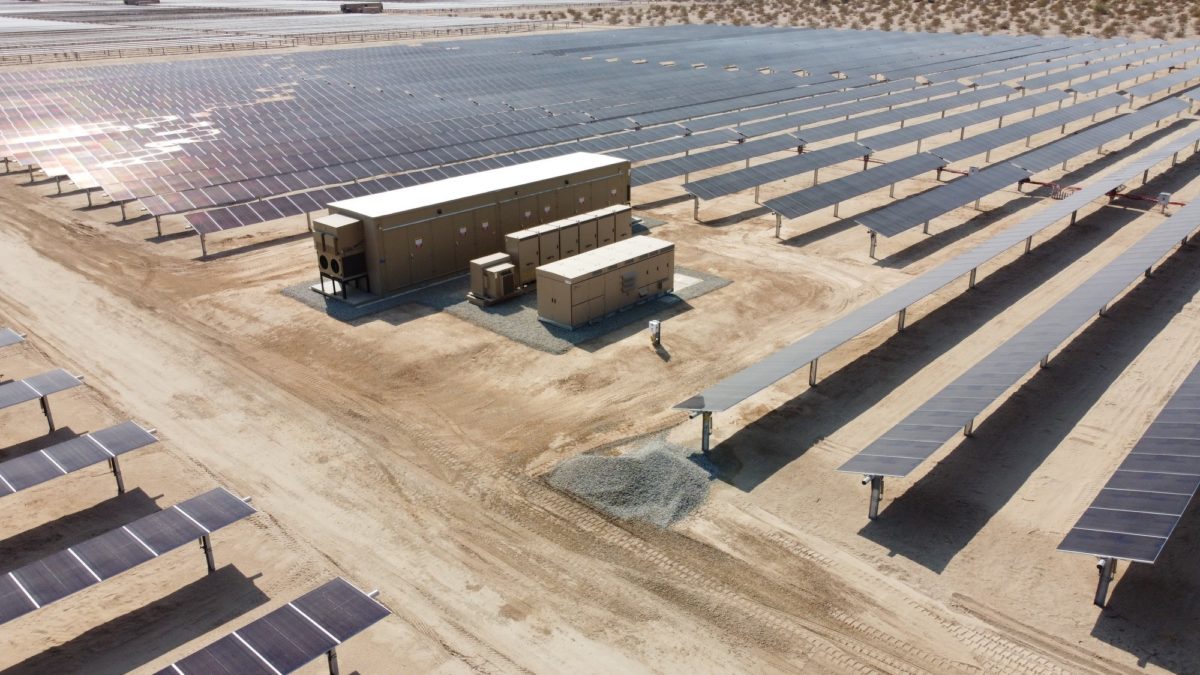Of the 14.5 GW of battery storage power capacity planned to come online in the U.S. from 2021 to 2024, around two-third will be co-located with a solar photovoltaic power plant, based on data published by the Energy Information Administration (EIA).
Another 1.3 GW of battery storage will be co-located at sites with wind turbines or fossil fuel-fired generators, such as natural gas-fired plants. The remaining 4.0 GW of planned battery storage will be located at standalone sites.
Up to now, most U.S. battery systems have been located at standalone sites. Of the 1.5 GW of operating battery storage capacity in the U.S. at the end of 2020, 71% was standalone. The rest was located onsite with other power generators.
(Read “Strategies to enhance the value of utility-scale PV is focus of Berkeley Lab study.”)
EIA said that most standalone battery energy storage sites have been planned or built in power markets that are governed by regional transmission organizations (RTOs) and independent system operators (ISOs). RTOs and ISOs can enforce standard market rules that lay out revenue streams for energy storage projects in their regions. That, in turn, promotes the deployment of storage systems. Of the utility-scale battery systems announced to come online from 2021 to 2024, 97% of the standalone battery capacity and 60% of the co-located battery capacity are in RTO/ISO regions, EIA said.
Over 90% of the battery storage capacity that is planned to be deployed outside of RTO and ISO regions will be co-located with a solar plant, EIA said. At some locations, the batteries can charge directly from the onsite solar generator when electricity demand and prices are low. They then discharge electricity to the grid when power demand is higher or when solar generation is unavailable, such as at night.
Solar generators in particular can effectively pair with battery storage because of their relatively regular daily generation patterns. EIA said this predictability works well with battery systems. That’s because battery systems are limited in how long they can discharge their power capacity before needing to recharge. If paired with a wind turbine, for example, a battery system could go days before having the opportunity to fully recharge.
Another advantage is the ability to take advantage of incentives such as the federal Investment Tax Credit, which is available for solar projects.
This content is protected by copyright and may not be reused. If you want to cooperate with us and would like to reuse some of our content, please contact: editors@pv-magazine.com.









By submitting this form you agree to pv magazine using your data for the purposes of publishing your comment.
Your personal data will only be disclosed or otherwise transmitted to third parties for the purposes of spam filtering or if this is necessary for technical maintenance of the website. Any other transfer to third parties will not take place unless this is justified on the basis of applicable data protection regulations or if pv magazine is legally obliged to do so.
You may revoke this consent at any time with effect for the future, in which case your personal data will be deleted immediately. Otherwise, your data will be deleted if pv magazine has processed your request or the purpose of data storage is fulfilled.
Further information on data privacy can be found in our Data Protection Policy.